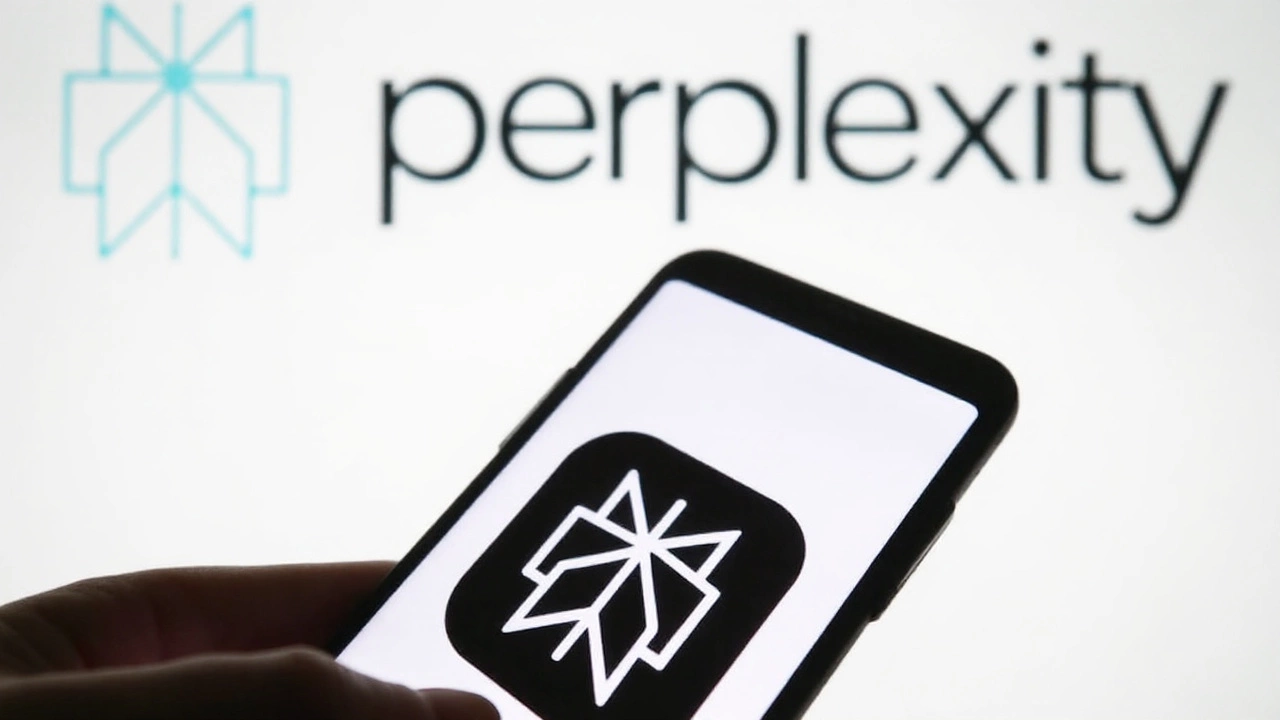Perplexity Explained – What It Means and Why It Matters
Ever heard the word "perplexity" and thought it was just a fancy term? It actually shows up in everyday talk, in tech news, and even in how we judge the quality of AI. Let’s break it down in plain English so you can see why it matters to you.
At its core, perplexity measures how confused something is. In language, it tells us how well a model can predict the next word in a sentence. A low perplexity score means the model is pretty sure about its prediction, while a high score means it’s guessing.
How Perplexity Works in Language Models
Imagine you’re playing a word‑guessing game. If the game gives you a hint like "It starts with ‘c’ and ends with ‘t’," you’d have a better chance of guessing "cat" than a random word. Language models use huge piles of text to learn patterns, and perplexity is the number they use to say how good those patterns are.
Developers calculate perplexity by feeding the model a test set of sentences and checking how many bits of information it needs to get the right answer. Fewer bits = lower perplexity = better performance. That’s why you’ll see headlines about new AI models boasting lower perplexity scores – it’s a quick way to say they’re smarter.
Everyday Ways Perplexity Shows Up
Even if you don’t code, you notice perplexity when you use voice assistants or chatbots. When the assistant gets your request right, its underlying model had low perplexity for that query. When it misunderstands, the perplexity was high, and the answer feels off.
In pop culture news, you might read about Apple’s new iPhone or a cricket match, and the writers use perplexing language to create drama. That’s a different kind of perplexity – a feeling of confusion or surprise that keeps you reading.
Understanding perplexity helps you see why some tech feels smooth and other tech feels clunky. It also gives you a simple metric to compare AI tools – lower perplexity usually means more accurate, faster replies.
So, whether you’re scrolling through a news feed, chatting with an AI, or just curious about tech buzzwords, remember that perplexity is just a measure of how sure a system is about what comes next. The lower the number, the less you’ll have to wonder "Did it get that right?"
Next time you see a headline bragging about a new model’s perplexity, you’ll know it’s not just hype – it’s a quick snapshot of how well that AI can predict your words. And that’s something worth paying attention to.
Nano Banana AI Goes Live on WhatsApp: Perplexity Brings Google’s Image Generator to Millions
Perplexity has rolled out Google’s Nano Banana AI model inside a WhatsApp bot, letting users generate high‑quality images with a simple text prompt. The service is accessed via a dedicated phone number and mirrors the performance of Google’s Gemini apps. India leads the adoption curve, and experts say the move could reshape everyday content creation. Pricing remains unconfirmed, but the bot also offers broader AI assistance beyond images.
More